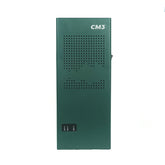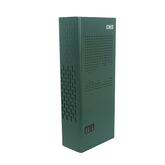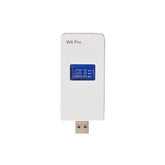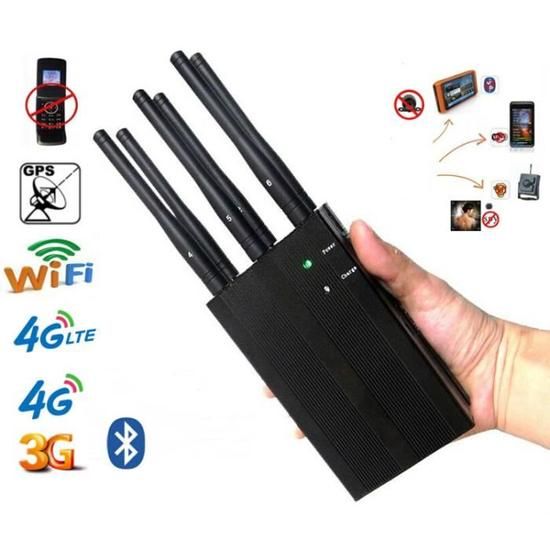In the 5G era, can mobile phone signal jammers still "block" everything?
In the 5G era, cell phone jammers face new challenges and may not be able to completely block all signals. Here are the key reasons:
5G technical complexity: 5G uses higher frequency bands and more complex technologies (such as millimeter waves and beamforming), and traditional signal jammers may not be able to effectively cope with these new features.
Frequency band diversity: 5G covers multiple frequency bands, including low frequency, medium frequency and high frequency. Traditional signal jammers usually only target specific frequency bands and it is difficult to fully cover all frequency bands of 5G.
Dynamic spectrum sharing: 5G uses dynamic spectrum sharing technology, and the signal frequency and intensity will change dynamically, which increases the difficulty of shielding.
High-density network: 5G network base stations are densely populated and there are more signal sources. Signal jammers need greater power and wider coverage to effectively block.
Regulatory restrictions: Many countries and regions have strict restrictions on the use of signal jammers, and unauthorized use may be illegal.
In the 5G era, it is difficult for mobile phone signal jammers to completely block all signals. As technology advances, signal jammers may need to be upgraded to cope with the complexity and diversity of 5G. At the same time, relevant regulations must be observed when using signal blockers.














